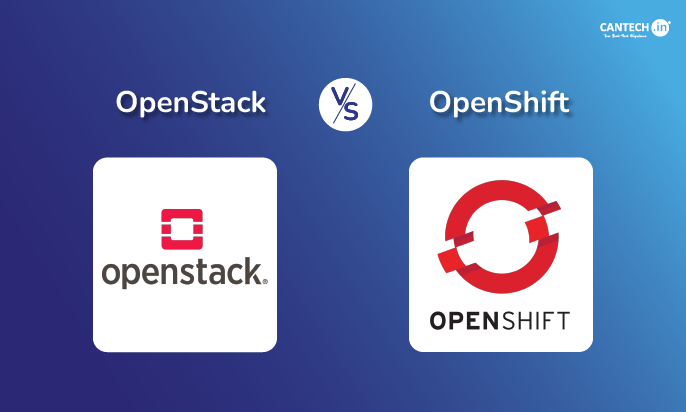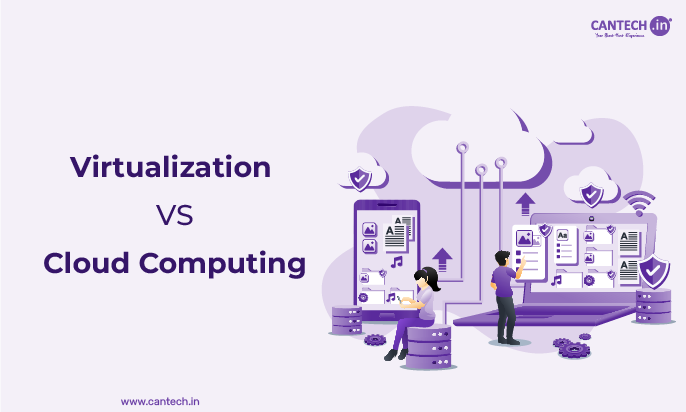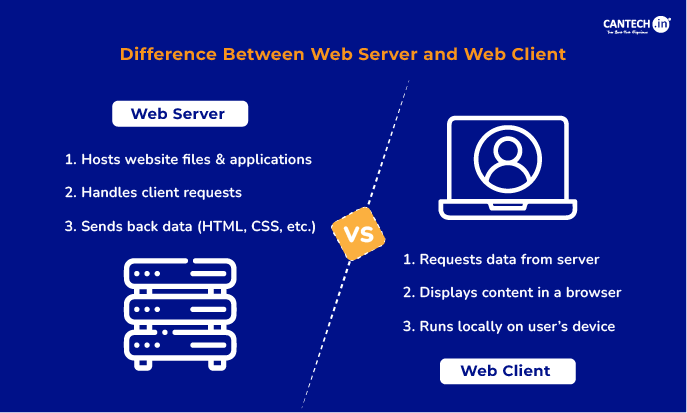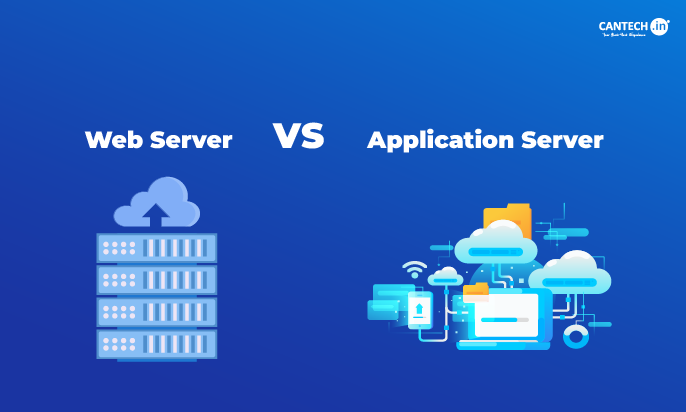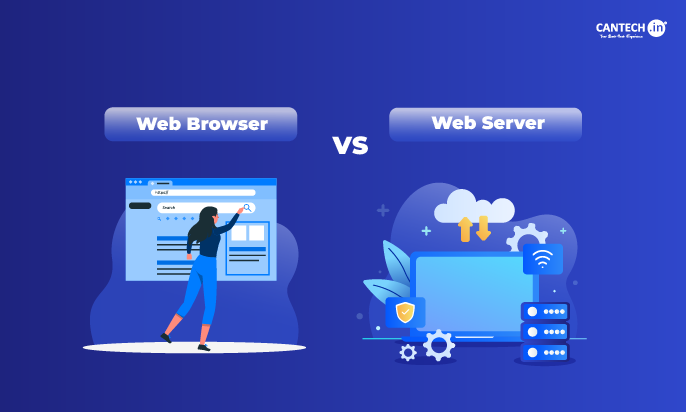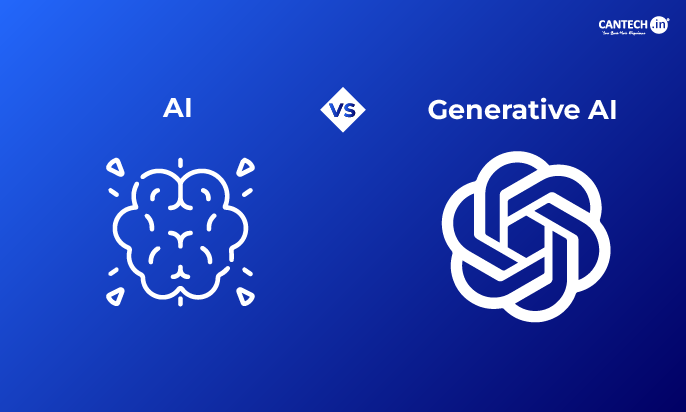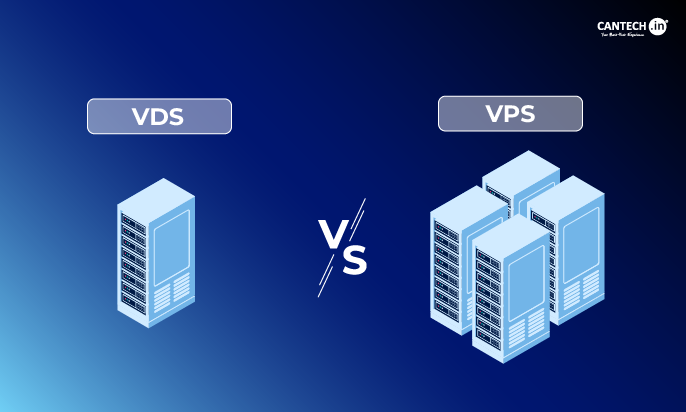OpenStack and OpenShift are the most powerful tools for building scalable cloud platforms. Their combined strengths cover the spectrum from provisioning virtualized hardware to deploying and managing containerized applications. Notably, the recent general availability of Red Hat Openstack Services on Openshift signifies a major step forward in this integrated approach. This solution improves resource management, scalability, and flexibility across hybrid clouds while simplifying development and DevOps practices. OpenStack and OpenShift continue to be favored by large, global organizations seeking to implement strong hybrid cloud strategies.
Let’s compare and see the differences between OpenStack vs OpenShift to better understand how these technologies can benefit your business.
What is OpenStack?
OpenStack is an open-source software platform delivered as infrastructure-as-a-service (IaaS) originally developed by RackSpace and NASA for building private and public clouds where openstack VPS and other virtual servers are made available to customers. It’s a collection of projects that provides an extensive set of services for computing, networking, storage and more.
Here are some key statistics on OpenStack that indicates significant growth in the future:
- An estimated market size of around $91.44 billion by 2029, indicating substantial long-term potential.
- The Asia-Pacific region is noted as the fastest-growing market, propelled by rising investments in cloud infrastructure and digital transformation.
Features of OpenStack
Here are some the features of OpenStack along with recent updates:
Modular and API-Driven Architecture: OpenStack’s modular design allows users to deploy only important components, facilitating flexibility and scalability. Its extensive APIs provide automation and integration support with other tools and services.
Multi-Tenancy and Resource Pooling: OpenStack supports multi-tenancy, which allows sharing of resources safely among multiple users while maintaining isolation. It allocates computing, storage, and networking resources based on requirements.
Distributed Architecture: Supports horizontal scaling across multiple servers for efficient workload management.
AI and HPC Support: OpenStack has made Improvements in handling artificial intelligence (AI) and high-performance computing (HPC) workloads.
Security: The recent update requires hashed rescue passwords in Ironic to improve data security during node cleaning. Mandates HTTPS for service communication to strengthen security protocols. Nova detects virtual Trusted Platform Module (TPM) support and enables TLS connections for consoles.
User Experience: The OpenText Skyline dashboard will support additional services like Masakari (VM recovery) and Designate (DNS as a service). Introduction of runbooks in Ironic for self-service maintenance, improving operational efficiency.
Advantages of OpenStack
- Easy Scalability: OpenStack allows organizations to effortlessly scale their OpenStack Private cloud infrastructure by adding or removing resources as needed, accommodating changing workloads and business demands.
- Cost Efficiency: Since OpenStack is open-source, it lowers the expenses associated with software licensing and vendor lock-in, allowing businesses to better manage resources.
- Strong Community Support: OpenStack has a large and active development and user community, which encourages innovation, cooperation, and the sharing of resources that improve the platform’s capabilities.
- Automation Capabilities: OpenStack delivers tools for automating key cloud management tasks, simplifying operations and increasing resource provisioning and management efficiency.
- Flexibility and Customization: OpenStack’s modular design allows businesses to modify their cloud environments to fit unique needs, interacting with numerous technologies without being bound to a single vendor.
What is OpenShift?
OpenShift is a leading open-source platform delivered as a Service (PaaS) developed by Red Hat, designed to facilitate the development, deployment, and management of applications in cloud environments. It leverages containerization technologies, primarily Kubernetes, to provide a strong and flexible platform for building cloud-native applications.
Here are some latest information and statistics on OpenShift that indicates tremendous growth in the future:
- RedHat OpenShift has been named a leader in 2024 by Gartner Magic Quadrant for Cloud Application Platforms, highlighting its market strength and innovation.
- The application container market is projected to hit $19.41 billion by 2029, resulting in demand for scalable solutions like OpenShift.
Features of OpenShift
Here are some the features of OpenShift along with recent updates:
Kubernetes-Based Architecture: OpenShift’s architecture is based on Kubernetes, which provides an advanced container orchestration engine that automates the deployment, scaling, and maintenance of containerized applications.
Multi-Cluster Management: OpenShift management of numerous clusters from a single interface, resulting in a consolidated view that simplifies operations and improves visibility across environments.
Integrated CI/CD Pipelines: The platform has built-in capabilities for continuous integration and continuous delivery (CI/CD), which allow for automated workflows to simplify development and deployment processes.
Security Features: OpenShift has advanced security features including role-based access control (RBAC), integrated monitoring, and automatic compliance. New security upgrades include better identity management technologies, which ensure that applications satisfy industry security and compliance standards.
Support for Hybrid and Multi-Cloud Deployments:OpenShift supports hybrid and multi-cloud deployments in a variety of settings, including public clouds, private clouds, on-premises data centers, and edge locations, allowing businesses to select the optimal infrastructure for their needs.
AI and Machine Learning Support: Recent upgrades extend support for AI workloads by improving resource allocation for machine learning models and offering greater collaboration with data science software.
Serverless Capabilities: OpenShift now supports serverless deployment, allowing developers to deploy apps without maintaining the underlying infrastructure, simplifying demand-based scalability.
Edge Computing: OpenShift now includes capabilities that make it easier to deploy applications at the edge, allowing businesses to process data closer to where it is created for lower latency.
Advantages of OpenShift
- Scalability and Flexibility: The platform offers quick application scalability, allowing businesses for flexibility by managing thousands of instances over hundreds of nodes. This flexibility enables businesses to respond to shifting demands without incurring large costs. Individual microservices may also be scaled separately using OpenShift’s design, which optimizes resource use.
- Improved Developer Experience: The platform has a user-friendly online console and command-line interface (CLI), as well as full command-line capability tools that enable container orchestration across a variety of environments.
- Support for Modernizing Legacy Applications: OpenShift can assist businesses update old applications by containerizing them, making them more portable and scalable while improving performance in cloud settings.
- Management of Stateful Applications: OpenShift’s support for persistent storage helps businesses to successfully operate stateful applications. This functionality is especially important for applications that require data preservation across several sessions.
- Microservices Support: OpenShift facilitates the development of applications using microservices architecture, allowing teams to build, deploy, and scale individual services independently.
Difference Between OpenStack and OpenShift
OpenStack and OpenShift are both open-source platforms that play significant roles in cloud computing, but they serve different purposes and cater to distinct needs within the IT ecosystem. Here’s a detailed comparison of OpenStack vs OpenShift differences:
| Feature | OpenStack | OpenShift |
| Core Focus | Infrastructure-as-a-Service (IaaS) | Platform-as-a-Service (PaaS) |
| Primary Technology | Virtualization (VMs) | Containers (Kubernetes) |
| Containerization | Supports containers, but not primary focus | Inherently container-centric, built on Kubernetes |
| Target Users | IT Admins, Cloud Engineers, Data Center Architects | Developers, DevOps Teams |
| Scalability | Achieves scalability through hardware additions, requires careful planning | Auto-scaling and self-healing capabilities built-in |
| Deployment Complexity | Can be complex to deploy and configure | Offers simplified deployment with tools |
| Integrated Development Tools | Lacks native tools, requires third-party integrations | Provides built-in CI/CD support, Source-to-Image (S2I) |
| Community and Ecosystem | Large community, numerous plugins | Supported by Red Hat, smaller but enterprise-focused ecosystem |
OpenStack and OpenShift, both built on Linux and open-source foundations, represent powerful alternatives to proprietary cloud platforms. The choice between them depends on specific needs: OpenStack for organizations requiring complete infrastructure control, and OpenShift for those prioritizing streamlined application development and deployment. Some organizations leverage both platforms together, creating a broad cloud-native environment that addresses both infrastructure and application needs.
Discover the Capabilities of Instant Cloud Deployment from Cantech Cloud
Ditch the complexity and choose easy scalability! Cantech Cloud is the ultimate Cloud Platform-as-a-Service (PaaS) built for developers who want to focus on building, not managing.
Why Choose Cantech Cloud?
- Instant Deployment: Launch your Java, PHP, Node.js, Python, and Docker applications without code changes—integrate effortlessly with GIT, Maven, Eclipse, and more.
- Auto-Scaling Done Right: No capacity planning required! We scale containers automatically, so you only pay for what you use, down to a precise 128MB.
- Seamless DevOps: Enjoy an intuitive dashboard, CI/CD integration, and real-time collaboration for flawless application management.
- Cost Efficiency: Save up to 80% on cloud costs with our pay-as-you-use model, tailored for your needs.
- One-Click Simplicity: Deploy popular apps like WordPress, Drupal, and Magento in seconds from our marketplace.
- Rock-Solid Reliability: Rest easy with 99.99% uptime, 24/7/365 support, and top-tier security.
Ready to simplify your cloud journey? Try Cantech Cloud now and save big!
FAQs
What is the difference between OpenStack vs Kubernetes vs OpenShift?
OpenStack manages infrastructure (IaaS), Kubernetes orchestrates containers, and OpenShift provides a complete platform (PaaS) built on Kubernetes with additional enterprise features.
Is there any difference between OpenStack Magnum Vs OpenShift?
OpenStack Magnum is a container orchestration component within OpenStack, while OpenShift is a standalone platform offering complete container lifecycle management with built-in developer tools.
Can I run OpenStack and OpenShift together?
Yes, OpenStack can provide the infrastructure layer while OpenShift manages container deployments on top, creating a comprehensive cloud solution.
Which is more cost-effective – OpenStack or OpenShift?
OpenStack is open-source with infrastructure costs, while OpenShift has licensing fees but includes enterprise support and features. Total cost depends on your specific needs and scale.
Is OpenShift easier to manage than OpenStack?
Yes, OpenShift typically offers simpler deployment and management with automated features, while OpenStack requires more technical expertise for infrastructure management.
Which platform should I choose for my business?
Choose OpenStack for infrastructure control, Kubernetes for basic container orchestration, or OpenShift for enterprise-grade container platforms with built-in development tools.
